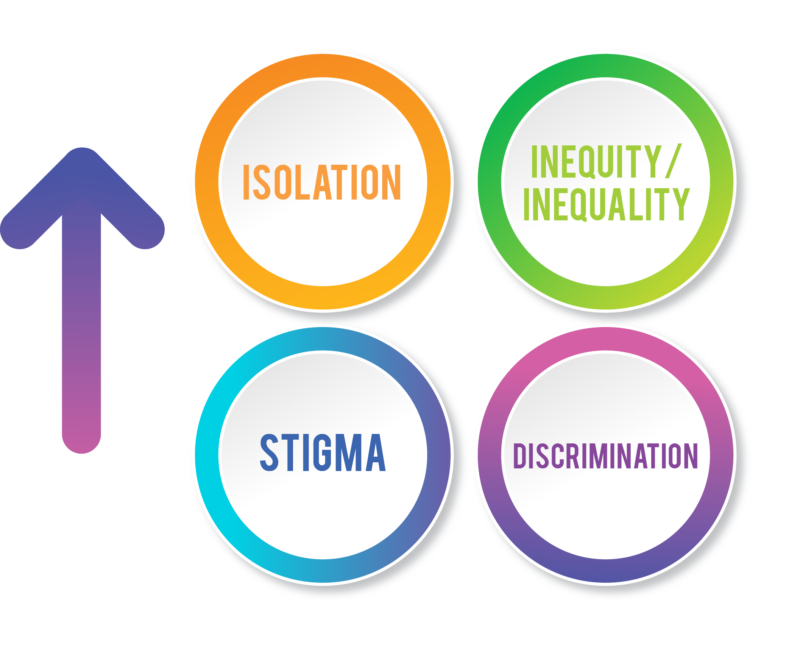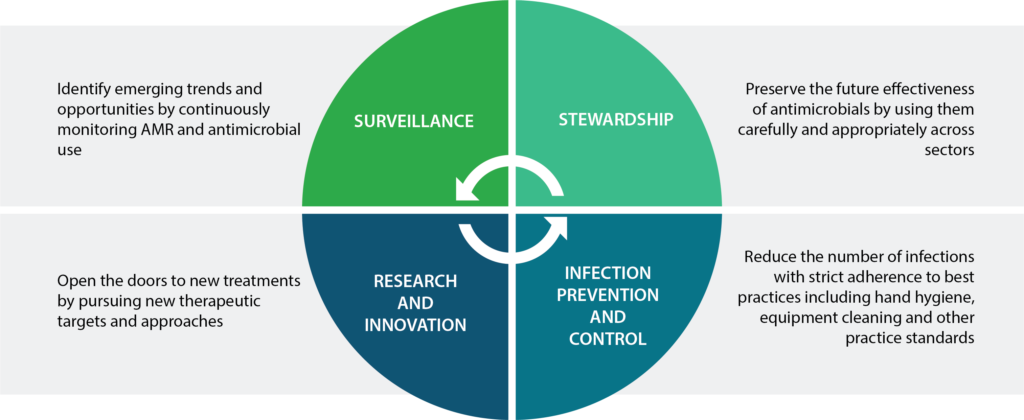What is AMR?
According to the World Health Organization (WHO), antimicrobial resistance (AMR) refers to a resistance to drugs that help treat infections caused by microbes such as parasites, viruses, and fungi.
AMR occurs naturally but is facilitated by the inappropriate use of medicine, as well as low-quality medicine, incorrect prescriptions, and poor infection prevention and control.
In fact, the rapid emergence and spread of AMR infections are exacerbated by the inappropriate use of antimicrobials in human and veterinary medicine and in the agriculture industry.
Why AMR is an issue
AMR has the potential to negatively impact the Canadian economy and healthcare sector in a significant way.

Economy :
- As highlighted by a Council of Canadian Academies report, the Canadian economy has already began to shrink as a result of AMR, with increased deaths and a shrunken workforce due to illness.
- The Council of Canadian Academies expert panel on the potential societal impacts of AMR in Canada predicts that AMR’s impact on labour productivity reduced Canada’s GDP by $2 billion in 2018.
- The same panel predicts that by 2050, if resistance to first-line antimicrobials remains constant or increases, that AMR would reduce Canada’s GDP by $13 to $21 billion per year.

Healthcare :
- A dramatic increase in AMR has the potential to impact the Canadian healthcare system ability to treat life-threatening infections and carry out medical treatments where antibiotics play an important role.
- If resistance rates continue to rise, they will lead to significant financial implications for Canada’s healthcare system.
- By 2050, Canada’s healthcare costs as a result of increasing AMR would grow to about $6 to $8 billion per year.
As existing antibiotics lose their effectiveness, not enough new drugs are being created to replace them, due to various scientific and commercial barriers.
Considering these daunting figures, it is clear that AMR is a pressing issue that the government needs to continue committing towards efforts to address it.
When Antibiotics Fail
The growing cost of antimicrobial resistance in Canada
When Antibiotics Fail is an independent, evidence-based assessment of the potential socio-economic impact of AMR in Canada. Using existing data and a quantitative economic model, a panel of experts found that in Canada:

IN 2018
In 2018, approximately 26% of infections were resistant to the drugs generally used to treat them.

BY 2050
By 2050, the rate of resistance is likely to grow to 40%
AMR affects health


Most common infections:
- Skin and soft tissue infections
- Urinary tract infections
- Intra-abdominal infections
- Pneumonia
Most resistant infections:
- Musculoskeletal infections
- Skin and soft tissue infections
- Urinary tract infections
- Pneumonia/Intra-abdominal infections
AMR affects the health system


AMR could increase the risk and reduce the availability of routine medical procedures including:
Kidney dialysis
Joint replacement
Chemotherapy
Caesarian section
AMR affects the economy


The top five industries affected by AMR are:

Recreation and Culture

Public Service

Transportation

Animal Product Manufacturing

Manufacturing / Construction / Retail
If AMR increases gradually from 26% to 40%, by 2050, the cumulative cost to Canada is estimated at:

396,000
lives

$120 Billion
in hospital costs

$388 Billion
billion in GDP
AMR affects how we live, work, and connect
The social impacts of AMR may outweigh the economic costs, and they will be unequally distributed among Canadians.


The way forward

When Antibiotics Fail. The Expert Panel on the Socio-Economic Impacts of Antimicrobial Resistance in Canada (2019).
What the government has done to address AMR
Canada has already recognized the threat of AMR and the urgent need for action with the Public Health Agency of Canada’s September 2017 release of a Pan-Canadian Framework for Action for Tackling Antimicrobial Resistance and Antimicrobial Use
The framework was the result of a coordinated effort between federal, provincial, and territorial governments, as well as academics, NGOs, and industry experts representing human and animal health and agriculture sectors at all levels
But there is still more work to be done! More action is necessary. Without new ways of diagnosing, preventing, and treating infections, Canada cannot overcome the challenges of


What the government can do
The Canadian Declaration on Antimicrobial Resistance, of which several CAIC members are signatories, outlines different ways that the government can help and take action against AMR.
The Declaration encourages the government to strengthen Canada’s end-to-end research capacity for antimicrobial innovation, beginning with surveillance and through to advanced testing, demonstration projects and post-market studies.
The Declaration calls on government to work with stakeholders, such as CAIC, to establish new business models.

